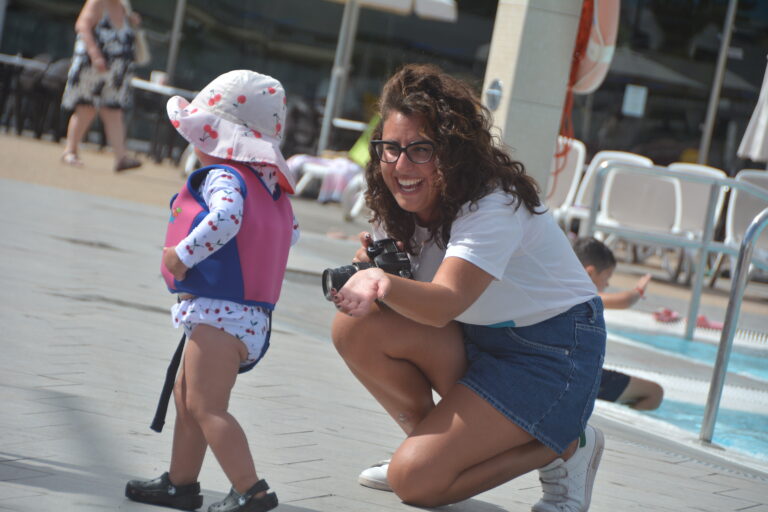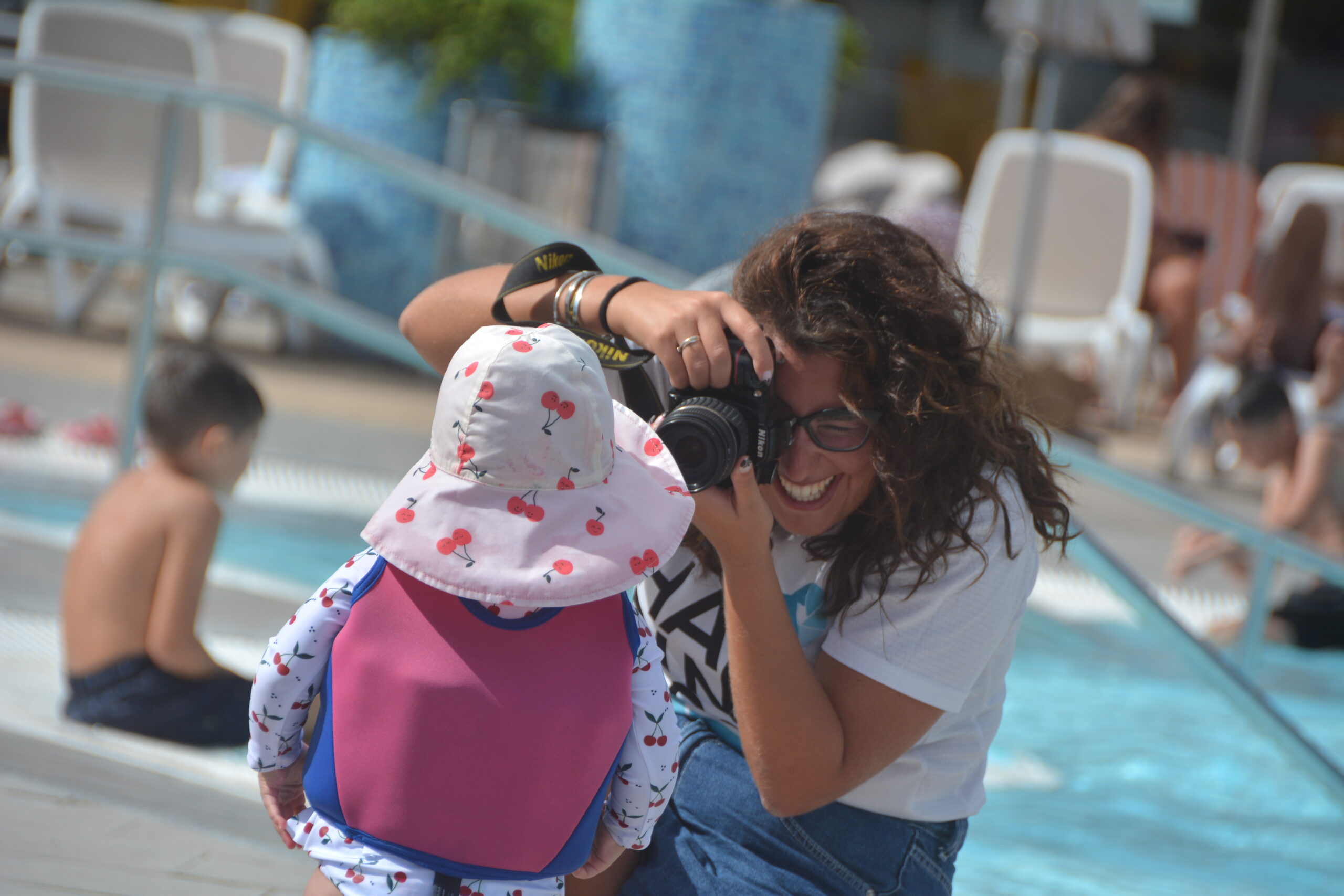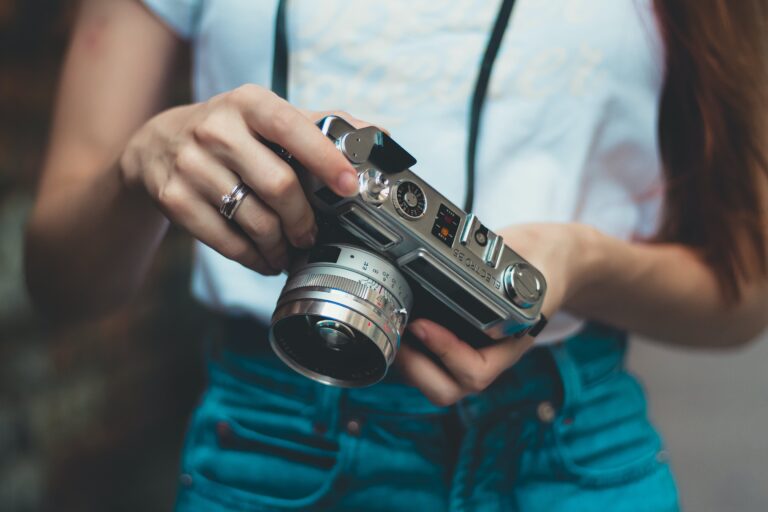The most important thing to be a great portrait photographer is the connection that you create with your clients.
Having a positive attitude and a smile are essential tools to have the chance to capture their best moments.
Here are important tools that you can use to make the best photographs for your clients:
- Communication and storytelling: People are at the heart of photography. Being able to capture someone’s personality, emotions, and experiences through a photograph is a powerful way to communicate and tell captivating stories. It allows you to convey a message, evoke emotions, or document historical moments.
- Building connections: When you photograph people, you engage with them on a personal level. This interaction helps establish a connection, trust, and rapport with your subjects. It allows you to capture authentic expressions, genuine emotions, and natural poses. Building this connection ensures that your subjects feel comfortable in front of the camera, which ultimately leads to better photographsing

Steps to help you connecting with people
Remember, creating perfect portraits goes beyond technical expertise. Genuine connection and communication with your subjects are key elements to capturing stunning and authentic images.
- Establish rapport: Begin by introducing yourself and creating a relaxed and friendly environment. Make small talk to establish a connection and try to find common interests or topics to discuss.
- Show genuine interest: Listen actively and show a genuine interest in the person you are photographing. Ask questions about their vacation, and experiences. This will make them feel valued and more comfortable in front of the camera.
- Use proper body language: Pay attention to your own body language as well as the body language of your subjects. Maintain an open posture, smile, and make eye contact. This will help create a positive and comfortable atmosphere.
- Give clear directions: Provide clear and concise instructions to your subjects during the photoshoot. This will make them feel more at ease and confident in front of the camera. Explain poses, guide them with gentle prompts, and encourage natural expressions.
- Engage in light-hearted conversation: Establishing a light-hearted and friendly conversation throughout the photoshoot can help your subjects relax and bring out their natural expressions. Utilize humor or discuss topics of interest to keep the mood light and enjoyable.
- Compliment and provide positive feedback: Regularly compliment your subjects and provide positive feedback during the session. This will boost their confidence and make them more comfortable in front of the camera.
- Be patient and flexible: Every person is different, and some may take longer to relax and feel comfortable. Be patient, understanding, and flexible with your approach. Adapt to their needs and preferences, and be willing to adjust your techniques if necessary.




